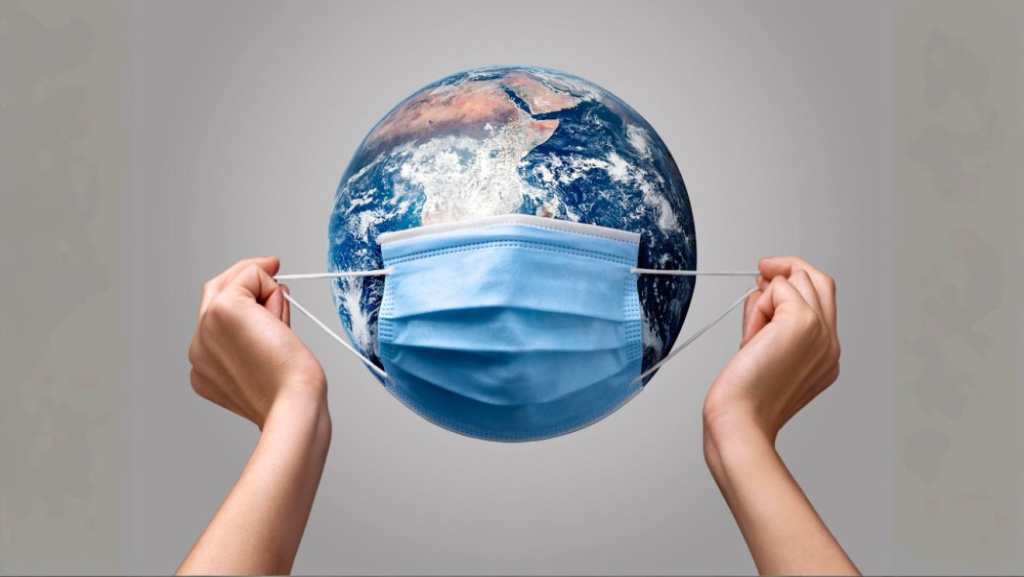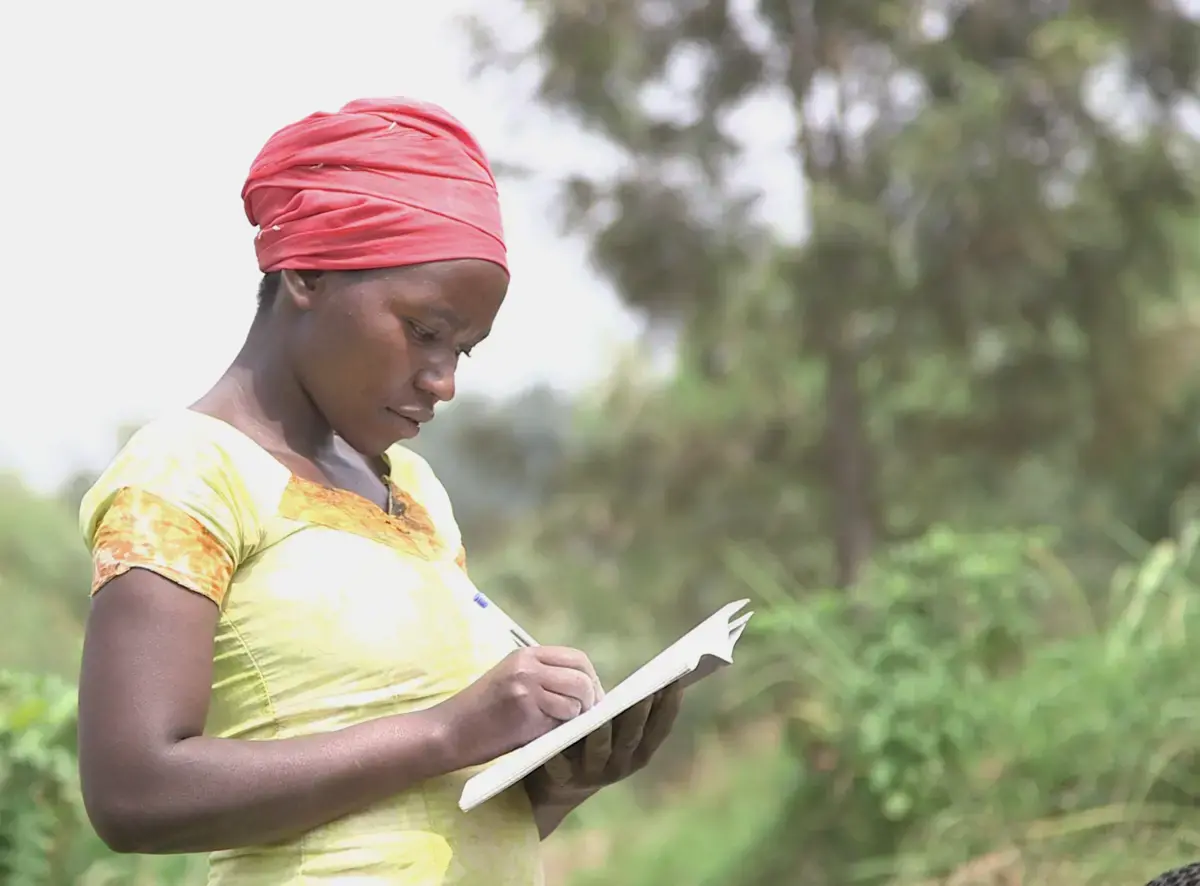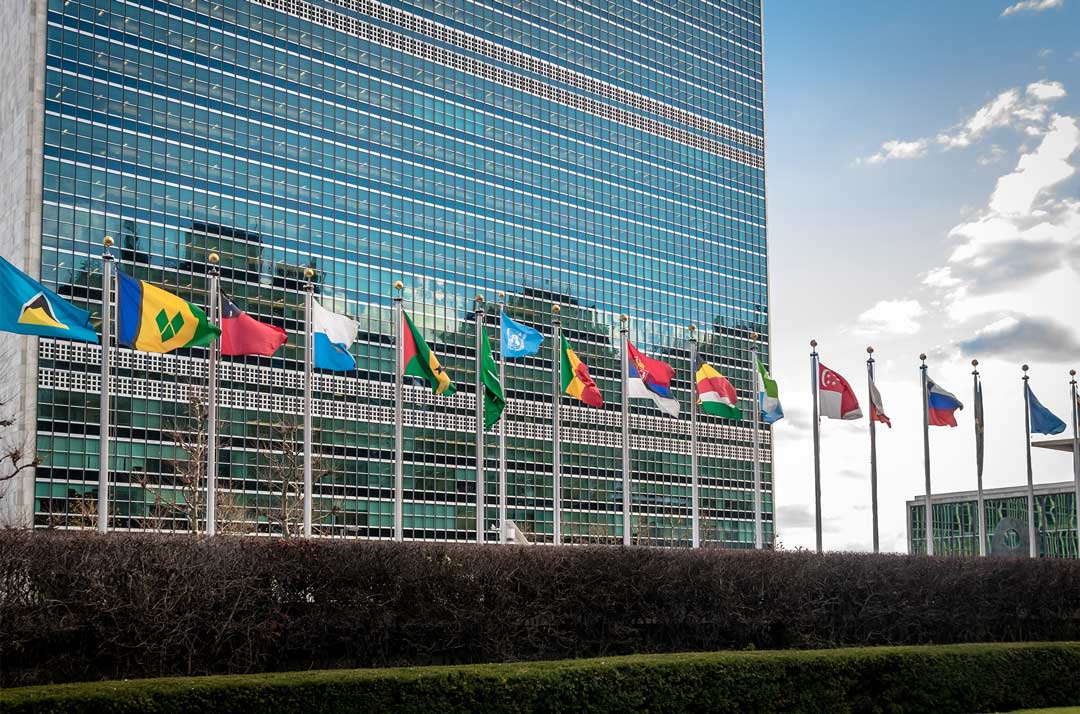By Elijah Nsikak
In June 2025, the Uselu community in southern Nigeria experienced a dengue outbreak. Thanks to swift action by local health workers and the Nigeria Centre for Disease Control, the disease was contained before it spread widely. As Chinasa Imo explained in her recent podcast monologue, situations like Uselu reveal something deeper: “rural health is often the first to be ignored—and the first to suffer.”
Fast forward to southern China, where the outbreak of mosquito-borne virus—chikungunya—has sickened over 7,000 people in Guangdong Province, mainly in Foshan’s Shunde district, since early July 2025. In just one week, cases surged from under 500 to nearly 3,000. Though all confirmed cases have been mild and non-fatal—with no deaths reported so far—symptoms like fevers and debilitating joint pain linger in vulnerable populations.
Authorities responded swiftly with Covid-style measures: mosquito-proof isolation wards, mass testing, travel restrictions, drone surveillance, fines for stagnant water, and even releasing larvae-eating fish to curb mosquito breeding.
But despite aggressive measures, the rural-urban peripheries were first hit—once again underscoring how systems outside major cities are often least prepared.
Those Who Fail to Learn From Outbreaks are Doomed to Repeat it.
- Chikungunya in India (2023–2024):
Several outbreaks of chikungunya and dengue fever began in the rural belts of Maharashtra and Tamil Nadu, attributed to stagnant water, poor sanitation, and limited public health response. As the virus spread, nearby towns and cities began to see a spike in cases. [National Center for Vector Borne Diseases Control (NCVBDC)] - Ebola in Guinea (2021):
The 2021 resurgence of Ebola began in a remote rural area of Guinea—N’Zérékoré—before being detected and contained. The virus was only discovered after several community deaths, proving once again how surveillance gaps can delay action. (WHO, 2021). - Zika Virus in Brazil (2015–2016):
Although widely associated with urban areas, Zika’s spread was first noticed in rural communities in northeast Brazil. The health infrastructure couldn’t track it early enough, leading to widespread transmission and global concern. (WHO,2015) - Nipah Virus in Kerala, India (2018 & 2021 & 2025):
A deadly virus linked to bats and pig farming, the Nipah virus outbreak began in rural farming communities. The lack of rural critical care systems made containment harder until state-wide emergency health responses kicked in. (WHO, 2025) - Anthrax in Zambia (2023):
Anthrax outbreaks in rural Zambia began in cattle herding communities with low access to veterinary services and public health support. These also threatened food safety and livelihoods. (WHO, 2023).
Rural ecosystems—especially in low-resource settings—are often where early signals go unnoticed. Without surveillance, diagnostics, public education, or vector control, outbreaks smolder until urban populations get affected too.
What Must Be Done—Now
- Bolster surveillance in rural clinics with testing kits and data reporting tools.
- Build local response capacity—train community health workers, vector-control teams, and ensure public education.
- Invest in lab infrastructure, mobile testing units, and rapid response deployment in underserved areas.
- Prioritize equity in outbreak policy, ensuring rural voices and realities shape national strategies.
The Takeaway: Rural Health is Global Health
China’s response to chikungunya should be a wake-up call: every outbreak that begins in rural spaces is a test of global preparedness. If we don’t prioritize rural health systems, we all pay for the paths that disease takes.
Viruses don’t respect geography—and they don’t begin in the headlines. They begin where systems are weakest. If we fail to strengthen rural health infrastructure, outbreaks in forgotten corners become threats to us all.
Listen to Chinasa’s full monologue episode to hear how Uselu’s dengue story became a lesson in urgency, equity, and global responsibility.
Sources & References
- Guangdong Chikungunya outbreak details: CNA
- Case surge stats, Foshan district data: South China Morning Post
- CDC travel advisory and vector notes: wwwnc.cdc.gov
- ECDC/PAHO global case counts: ecdc.europa.euAlso read: Rural Health: This Campaign Is Urgent






One Response
This is the current state of the world rural health issues